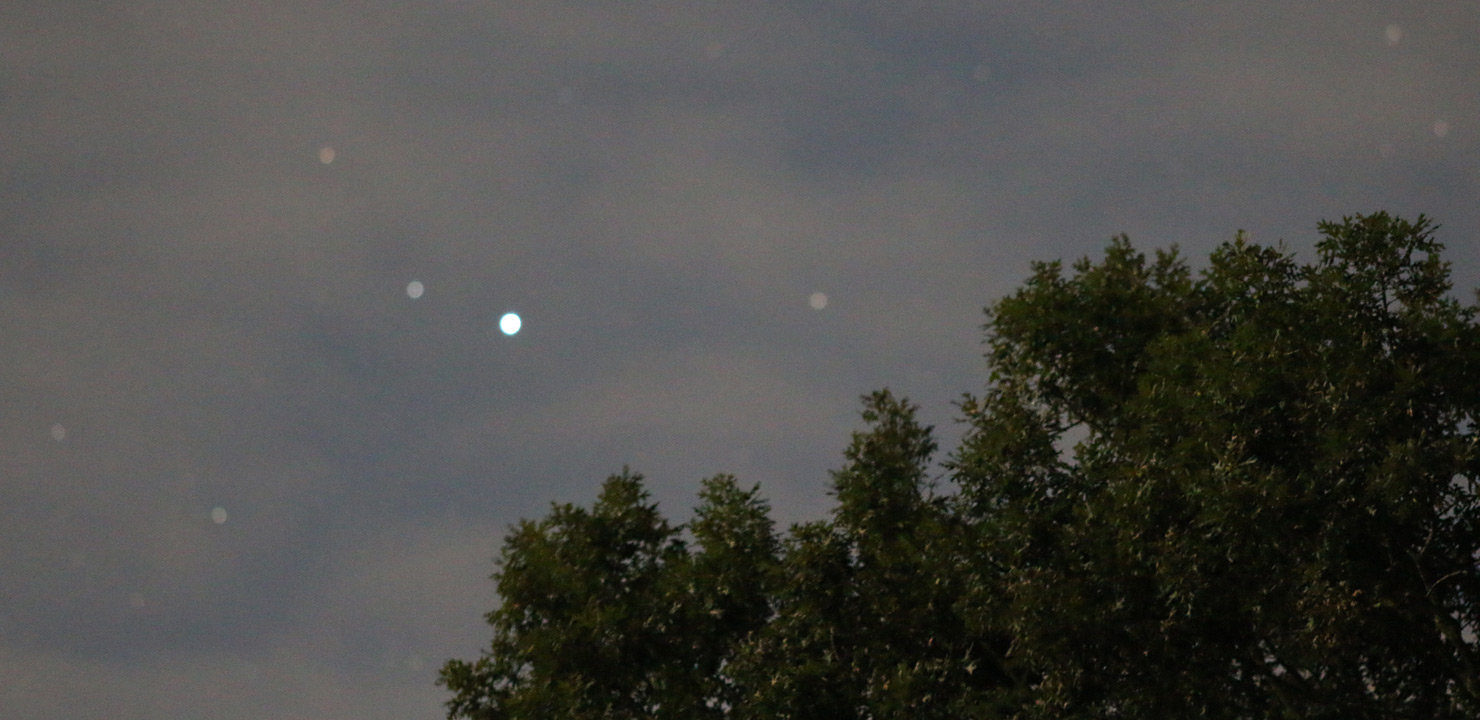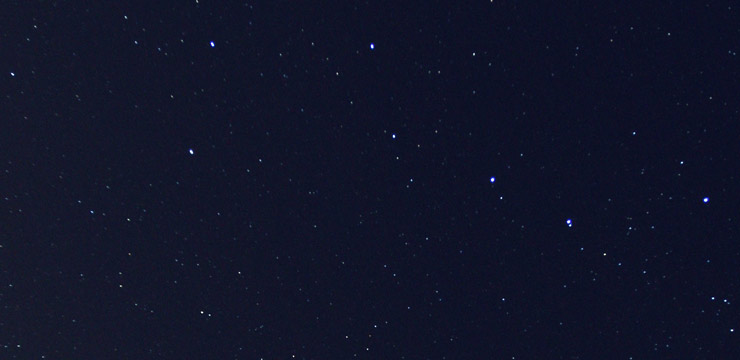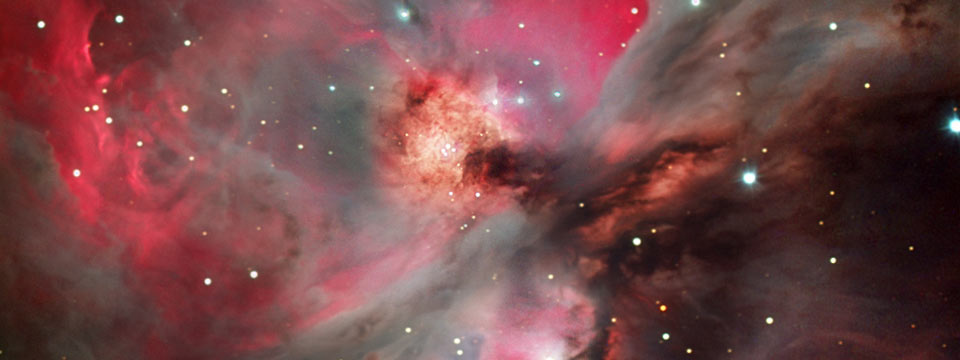Stars & Constellations

Fomalhaut
: By Francine Jackson
Getting to Know the Big Dipper
: By Jim HendricksonOrion the Hunter
: By Dave HuestisCorona Australis & the Southern Limits of Sagittarius
: By Craig CortisSirius
: By Glenn ChapleTaking the Broad View: Skywatching with your Naked Eyes
: By Craig Cortis



